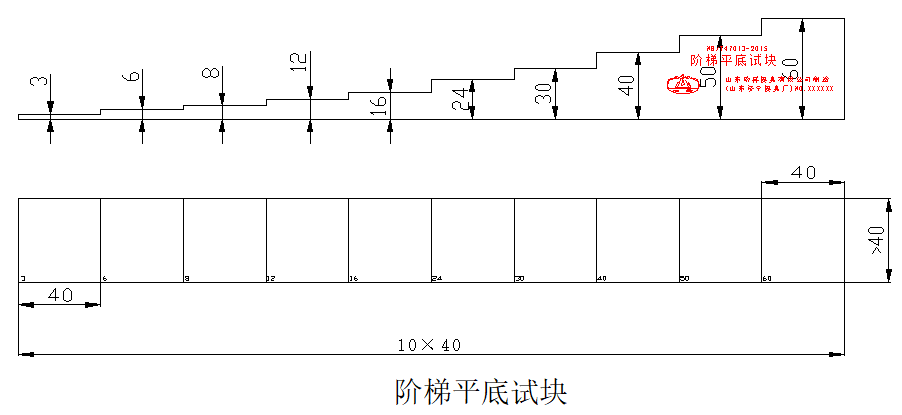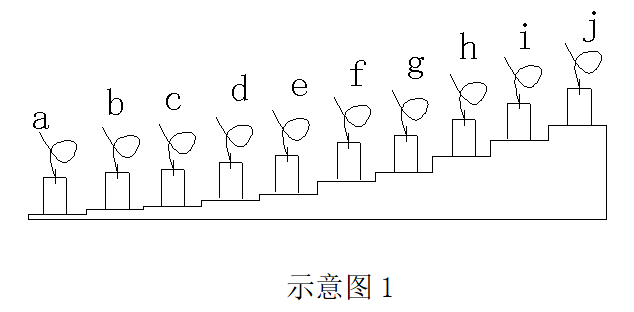According to the NDT standard of pressure equipment NB/T47013-2015, the stepped flat test block is suitable for using twin straight probe to detect the thickness of the plate less than 20mm, and can also be used to make the distance-amplitude characteristic curve of the twin probe.
Test method: (1) Select a step with the thickness of the test plate or greater than the thickness of the test plate, place the probe on the selected step, adjust the instrument is the first bottom wave adjusted to 50% of the full scale, increase 10dB, as the reference sensitivity, and then gain 6dB on the basis of the reference sensitivity as the detection sensitivity.
(2) The test block can also be used to make the distance-amplitude characteristic curve of the twin probe. Select the verified straight probe and place it in position a in Diagram 1. Move the probe back and forth to get the maximum reflection echo on the plane of the direct sound beam. Adjust the echo amplitude to 50% of the full screen height, record the dB value at this time, which is the first point. The probe is placed at position b in Diagram 1, and the probe is moved backwards and forwards to the left and right so that the direct sound beam can get the maximum reflected echo on the plane. Adjust the echo amplitude to 50% of the full screen height, record the dB value at this time, which is the second point. The probe is placed at position c in Diagram 1, and the probe is moved backwards and forwards to the left and right so that the direct sound beam can get the maximum reflected echo on the plane. Adjust the echo amplitude to 50% of the height of the full screen and record the dB value at this time, which is the third point. By analogy, all points within the effective detection range of the probe are recorded, and the above points are connected into a curve, which is the distance amplitude characteristic curve of the twin-crystal straight probe specified in the standard.
















